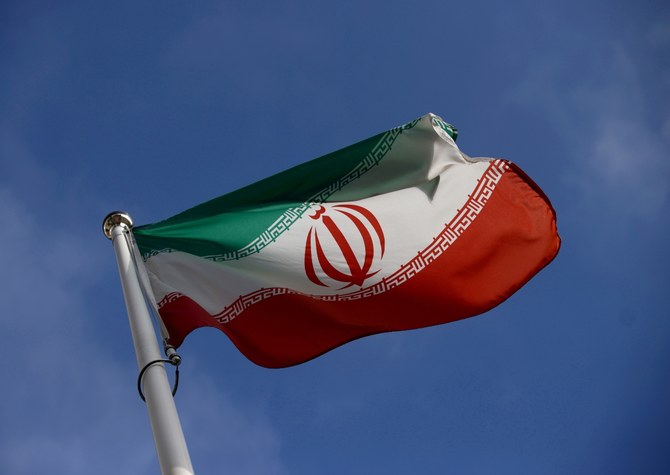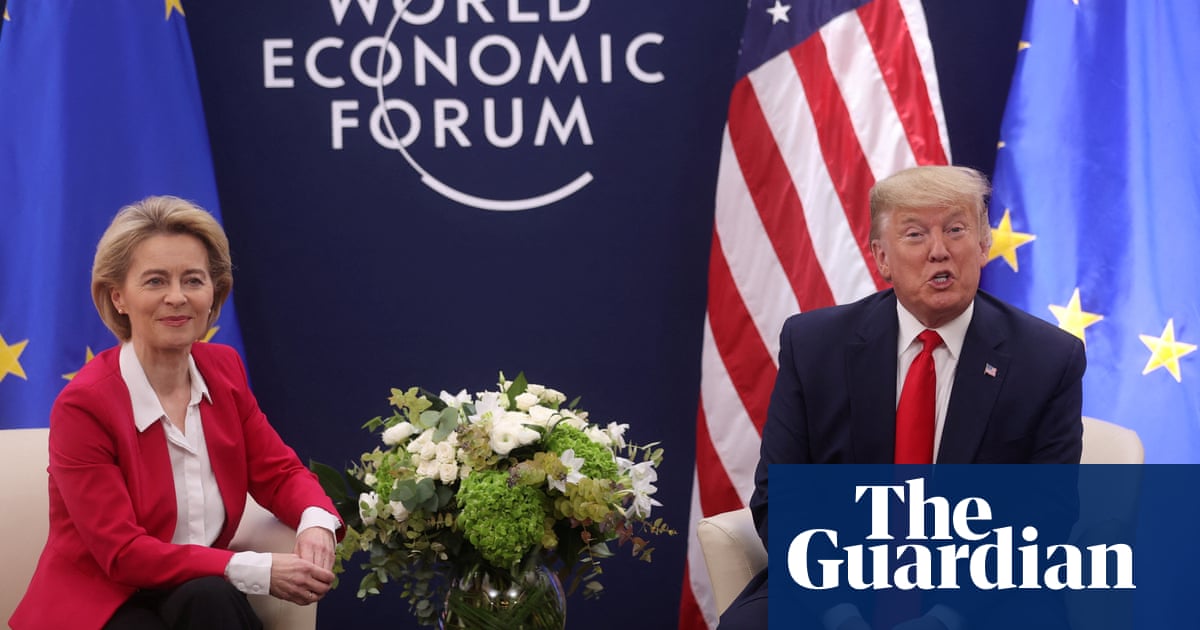
The United States imposed a new round of sanctions on Iran at the start of this week. They are part of the White House’s “maximum pressure” campaign, which aims to deprive Tehran of oil revenues which, it claims, fund nuclear ambitions and transborder insurgency activities in parts of the Middle East.
Unlike the sanctions imposed last year, this latest round singled out Iran’s Supreme Leader Ali Khamenei, who the US holds “ultimately responsible for the hostile conduct of the regime.” In addition, new sanctions also targeted eight senior commanders that supervise the Islamic Revolutionary Guard Corps.
Later this week, Iranian Foreign Minister Javad Zarif, one of the key architects of the talks with the P5+1 nations (China, Russia, France, the United Kingdom, Germany and the United States) that resulted in the Joint Comprehensive Plan of Action in 2016 — in which Iran agreed to curb parts of its nuclear ambitions — will also face sanctions targeting his assets and affecting his ability to travel to the United States as part of his duties as Tehran’s top diplomat.
Washington"s latest moves are part of the escalatory developments and rising tensions in US-Iran relations. Both sides publicly play down the possibility of war, yet the US has dispatched a carrier strike group and an additional 2,500 troops to the region, while Iran has, allegedly, stepped up attacks on oil tankers and oil facilities in the Gulf.
The sanctions announced on Monday were in retaliation for the downing of a US drone by Iranian forces in the Gulf, which Washington insisted was over international waters. As such, tensions remain high and the application of sanctions is likely to do more harm than good in terms of ultimately forcing Tehran to the negotiating table.
Since the re-imposition of sanctions last year and the expiry of waivers, shipments of Iranian oil, which peaked at 2.5 million barrels per day in April 2018, have dwindled to between 400,000 and 500,000 barrels per day. Surging oil shipments were responsible for the expansion of the Iranian economy by 12 percent in 2016, after some sanctions were lifted. When President Trump pulled out of the JCPOA and re-imposed sanctions, Iran’s economy shrunk by nearly 4 percent last year. This year, the International Monetary Fund predicts the Iranian economy will shrink by 6 percent, wiping out most of the gains it made during the short period of sanctions relief.
Washington"s latest moves are part of the escalatory developments and rising tensions in US-Iran relations. Both sides publicly play down the possibility of war, yet the US has dispatched a carrier strike group and an additional 2,500 troops to the region.
Hafed Al-Ghwell
To the average Iranian, sanctions and the resultant shrinking economy have translated into the local currency, the rial, losing 60 percent of its value in just over a year. Inflation jumped to 37 percent and it is estimated that the cost of basic necessities, including food and medicine, has risen by between 40 and 60 percent.
Although sanctions usually target specific entities and/or people, in Iran’s case, those entities tend to be the largest employers and investors in the economy. Cutting off those entities from the US-dominated global financial system, and punishing any potential sanctions-dodging activities, ultimately places a burden on ordinary Iranians, who may or may not agree with the leadership.
Currently, 12 percent of Iranians are out of work and this number is likely to rise as the sanctions bite. Already, foreign entities that had planned to capitalize on the easing of sanctions — including French oil company Total and car manufacturers such as Peugeot and Daimler — have shut down operations in the country.
This does not bode well for Iranians, especially the youths that make up nearly 40 percent of the country’s 80 million population. If unemployment continues to rise, which it will, it could threaten the country’s stability, an eventuality that Washington potentially is counting on in its pursuit of regime change in Tehran. After all, Iranians have staged protests before, between December 2017 and January 2018, as a result of worsening economic conditions, which forced the government to unleash security forces to crush them. As things stand, should Iran’s economy fail to expand by more than 5 percent in the next few years, unemployment is likely to surge to 25 percent.
A plummeting currency, skyrocketing prices and more Iranians out of work are just the sort of internal dynamics Washington hopes will force a moment of reckoning, much like the 2009 pro-reform demonstrations did. So far, the White House has demurred on regime change, preferring instead to negotiate for a nuclear-free Iran that does not meddle in regional affairs. However, if any regime change is to occur, it would have to be driven largely by Iranians.
Unfortunately, it is unclear whether the latest round of sanctions will have any material effect, particularly on those it targets. The ayatollah and the senior leadership of the Revolutionary Guards are well insulated from the global financial markets and systems that the US can control. There are reports that they might not even own any property or assets within reach of US sanctions, making Washington"s latest moves largely symbolic.
Ayatollah Khamenei, for example, has at his disposal an estimated $95 billion from “Setad Ejraiye Farmane Hazrate Emam” or Setad for short. This is an entity that was formed by an edict to manage or sell abandoned properties after the 1979 Revolution, signed by his predecessor. It has since morphed into a conglomerate that holds numerous assets, from real estate to minority stakes in numerous Iranian companies and a sprawling charitable foundation. Not only is Setad insulated from any restrictions or sanctions, given where and how it operates, any oversight or attempt at transparency in this multi-billion dollar organization is restricted by a series of laws, judicial declarations and edicts.
Setad and the IRGC’s control of at least a sixth of Iran’s economy underscore the three dimensions of Khamenei’s stranglehold on Iran via political power, the military and the economy. Sanctions have affected Iran’s economy, and will continue to do so, which might whittle away at some of the regime’s political power — but not to a point where regime change is inevitable.
Short of a military confrontation, the Iranian regime is likely to continue and perhaps even gain more popularity among average Iranians, despite the economic hardships. Iranians, even those who are opposed to the government, seem to feel that despite their domestic grievances they must unite against any outside threats, as they have done for almost 40 years under one form or another of American, and even international, sanctions.
If history is any judge, therefore, sanctions will fail to force political change in Iran, as they failed in the past in Libya, Iraq, Syria, North Korea and everywhere the US has employed them.












